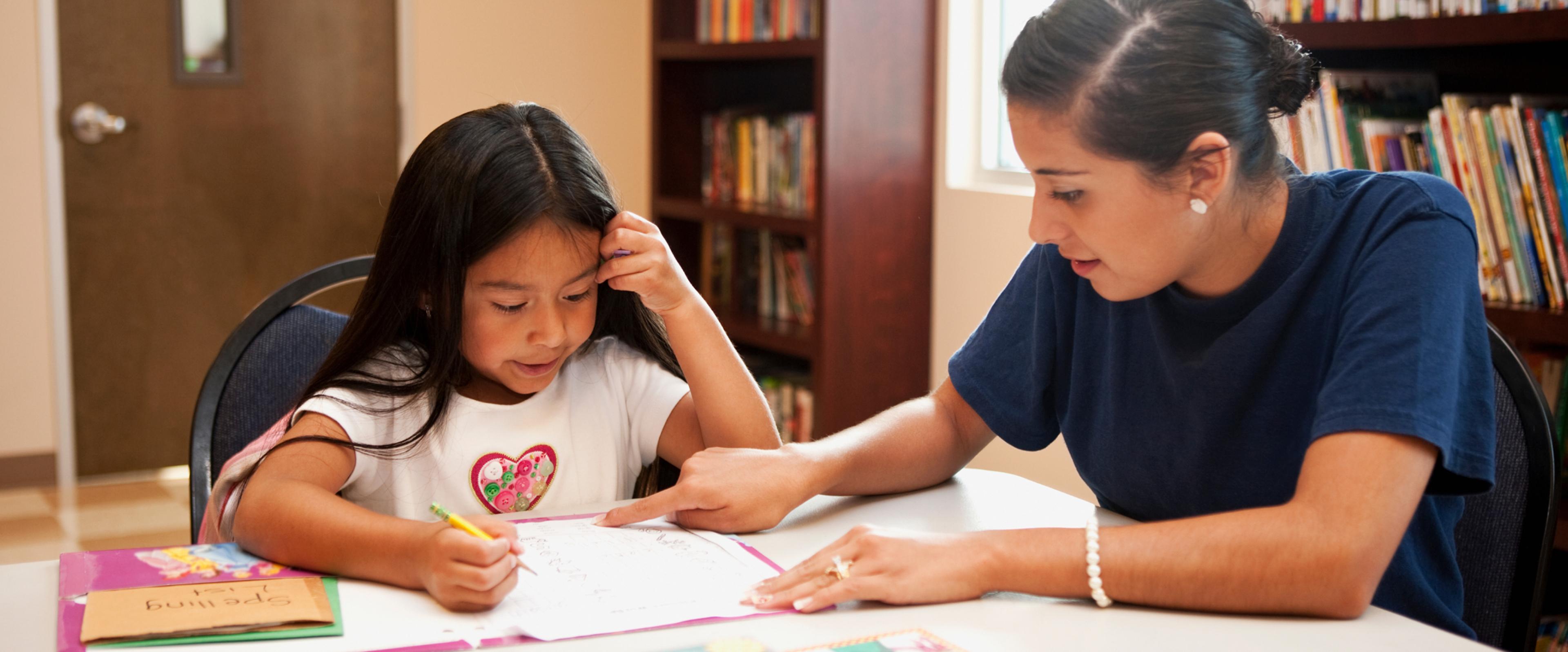One-to-one correspondence is an essential concept in early learning for children, especially in mathematics. It is the ability to match each item in one set with a unique item in another set. This concept can be taught to children as young as three years old and can greatly improve their understanding of basic numeracy skills.

Some keywords and strategies to teach one-to-one correspondence:
Counting: Counting is the most basic way to teach one-to-one correspondence. Encourage children to count objects, such as blocks or toys, while touching or moving each object as they count. This helps them understand that each object represents a number.
Visual Aids: Visual aids, such as pictures, can help children understand the concept of one-to-one correspondence. You can use pictures of objects, animals or shapes and ask the child to match each picture with a real object. This activity helps children develop their observation skills and strengthens their visual memory.
Games: Games are a great way to make learning fun and engaging. You can play simple games like matching cards or board games that require children to move their game pieces one space at a time. This helps them understand the concept of one-to-one correspondence in a fun and interactive way.
Songs and Rhymes: Songs and rhymes can be used to teach children counting and one-to-one correspondence. You can sing songs like "One, Two, Buckle My Shoe" or "Five Little Ducks" and encourage children to count along with you. This helps children develop their memory and listening skills.
Sorting and Classifying: Sorting and classifying objects based on their characteristics, such as colour, size, or shape, can also help children understand one-to-one correspondence. You can ask the child to sort objects into groups or match objects based on their characteristics.
Teaching one-to-one correspondence is an important step in developing a child's numeracy skills. It helps children understand the relationship between numbers and objects, which is a fundamental concept in mathematics. By using these strategies, parents and teachers can make learning fun and engaging, and help children develop their skills and confidence.

